What began as a desire to give elementary school students an opportunity to learn about robotics turned into reality when Cal Poly faculty members put their plan into action to bring exciting Science, Technology, Engineering, Arts and Mathematics (STEAM) education to youth.
Javier Gonzalez-Sanchez (computer science and software engineering), Paul Anderson (computer science and software engineering) and Rafael Guerra-Silva (industrial technology and packaging) submitted their idea for a bilingual robotics program and received an HSI Mini Grant to fund the program.
“It started as a conversation between Paul Anderson and me,” Gonzalez-Sanchez explained. “I was doing some outreach with EPIC and SURP focused on Hispanic middle and high schoolers, and Paul had a desire to create more exposure on engineering topics at Pacheco Elementary School after having conversations with the principal and parents there.”
The grant funding for this collaboration is part of the inaugural Cal Poly HSI Mini Grant Program, introduced to further Cal Poly’s goal of becoming a Hispanic-serving institution.
Pacheco Elementary School was a great partner school for the bilingual robotics program: it is one of two schools in the San Luis Coastal Unified School District to offer elementary dual language programs, where all students learn Spanish literacy with the goal of bilingualism by the end of their elementary experience.
As the program began, Gonzalez-Sanchez, Anderson and Guerra-Silva took steps to make sure that Cal Poly students would be at the forefront of this partnership.
“We wanted Cal Poly students to run the teaching part and for kids to notice that it’s not just about faculty from the university presenting, but the students and, moreover, students speaking Spanish,” Gonzalez-Sanchez shared.
The team was led by Cal Poly students Zoila Kanu and Thomas Panyasrivinit.
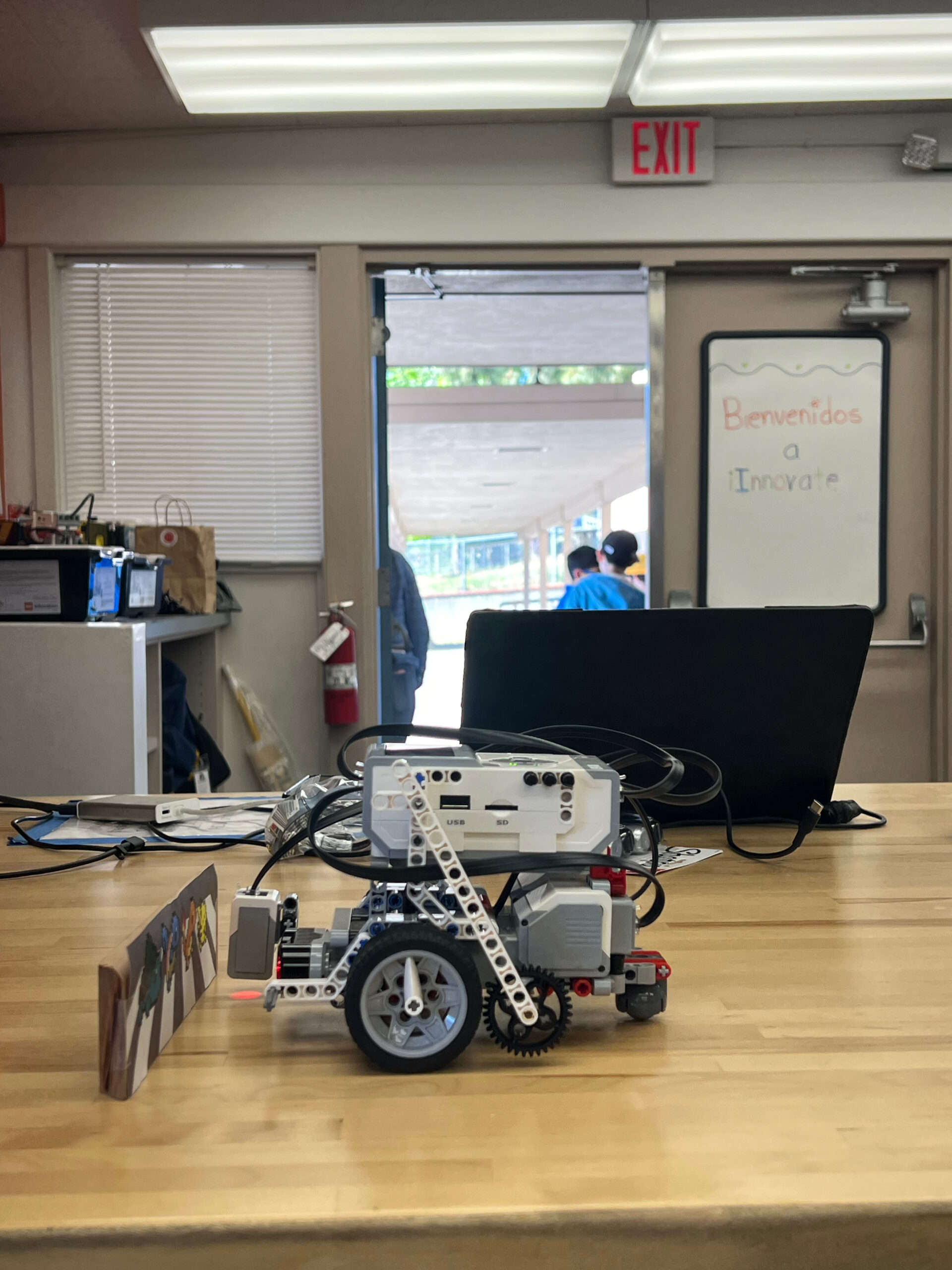
The program introduces K-6 students at Pacheco Elementary School to computer programming and robotics using Lego Mindstorms EV3 robotics kits.
“The students were given different tasks during the week of the program that emphasized learning how to command the robot to respond to its environment with feedback from different sensors,” said Lakshmanam Muthukaruppan.
Throughout the workshop sessions, students programmed their robots using a block-based programming interface utilizing loops, control structures, conditionals and other advanced programming concepts. Students were able to customize their own robots using engineering design processes.
“It was amazing to see how students would take something provided and designed and really customized it in creative ways that I never would have expected,” Anderson said.
The mechanical engineering graduate student joined the partnership after hearing about it through Cal Poly’s Robotics Club.
The robotics program spanned four days with one-hour sessions each day. Even with the difficult task of getting young students to focus on robotics, the program sparked curiosity.
“At the end of a session, one student thanked me on his way out,” computer science student Brandon Montalvo shared. “It felt great to personally hear from a student that he enjoyed the workshop.”
The teaching materials, including presentation slides, notes and communication with parents, were designed to be in both English and Spanish so that students and parents could access the materials in both languages.
During breakout sessions, many Cal Poly volunteers would tutor their groups in Spanish, a way to further emphasize Pacheco Elementary’s bilingual education while getting students excited about robotics.
“We believe that it is important for younger kids to be exposed to the notion of creating technology and not just using it,” Gonzalez-Sanchez explained. “We want to start by exposing these students, through robotics exercises, to engineering processes and to programming and coding.”
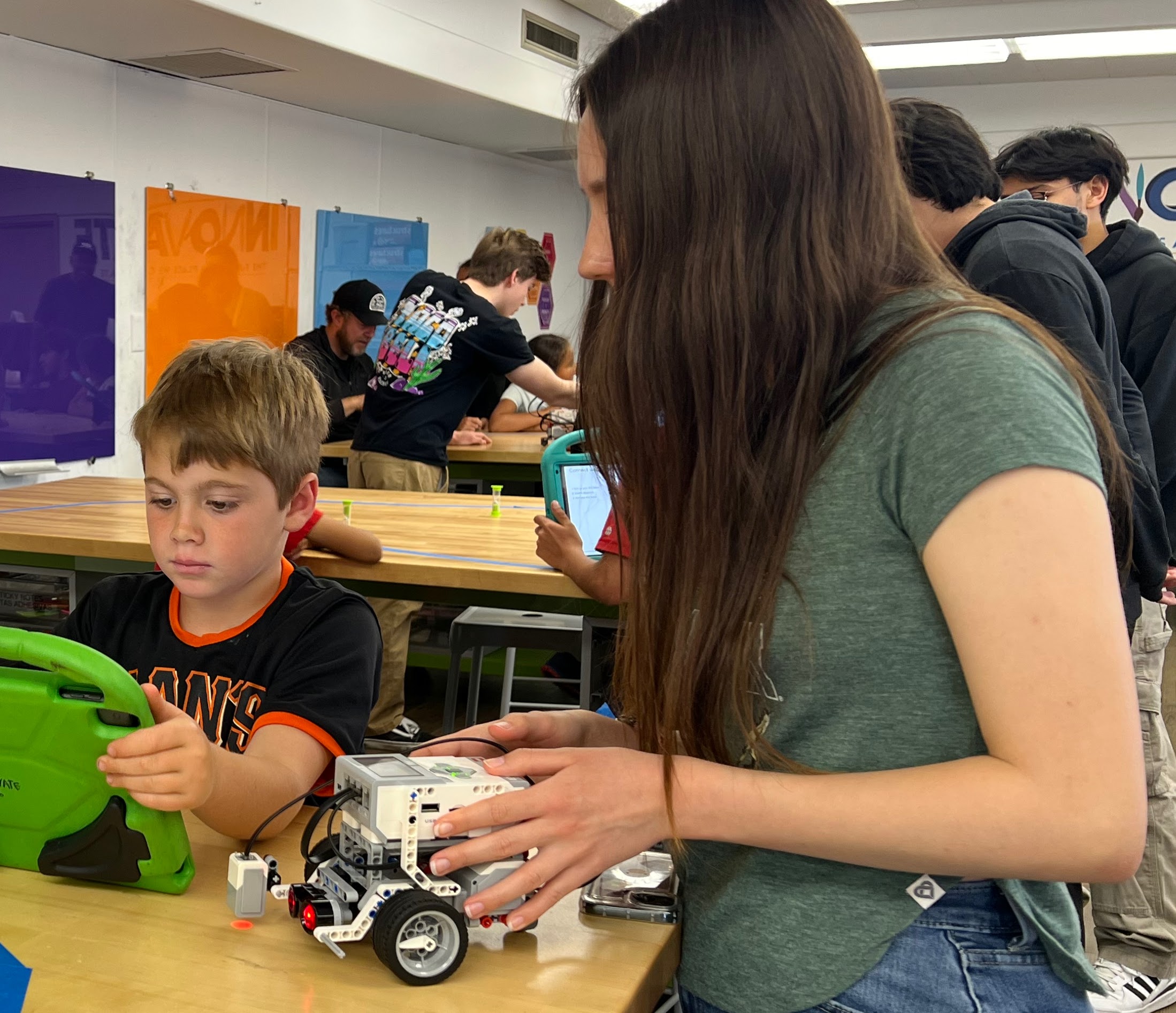
Spaces for the spring installment of the bilingual robotics program filled up quickly, and more than 70 students are on the waitlist, prompting the team to expand the program next academic year.
Because there aren’t many STEAM opportunities for kids at the elementary school level, the Cal Poly team emphasizes the importance of creating these opportunities and making them accessible for as many students as possible.
Cal Poly students and faculty hope to establish a long-term partnership with Pacheco Elementary School so that the program can spark an early interest in robotics among students.

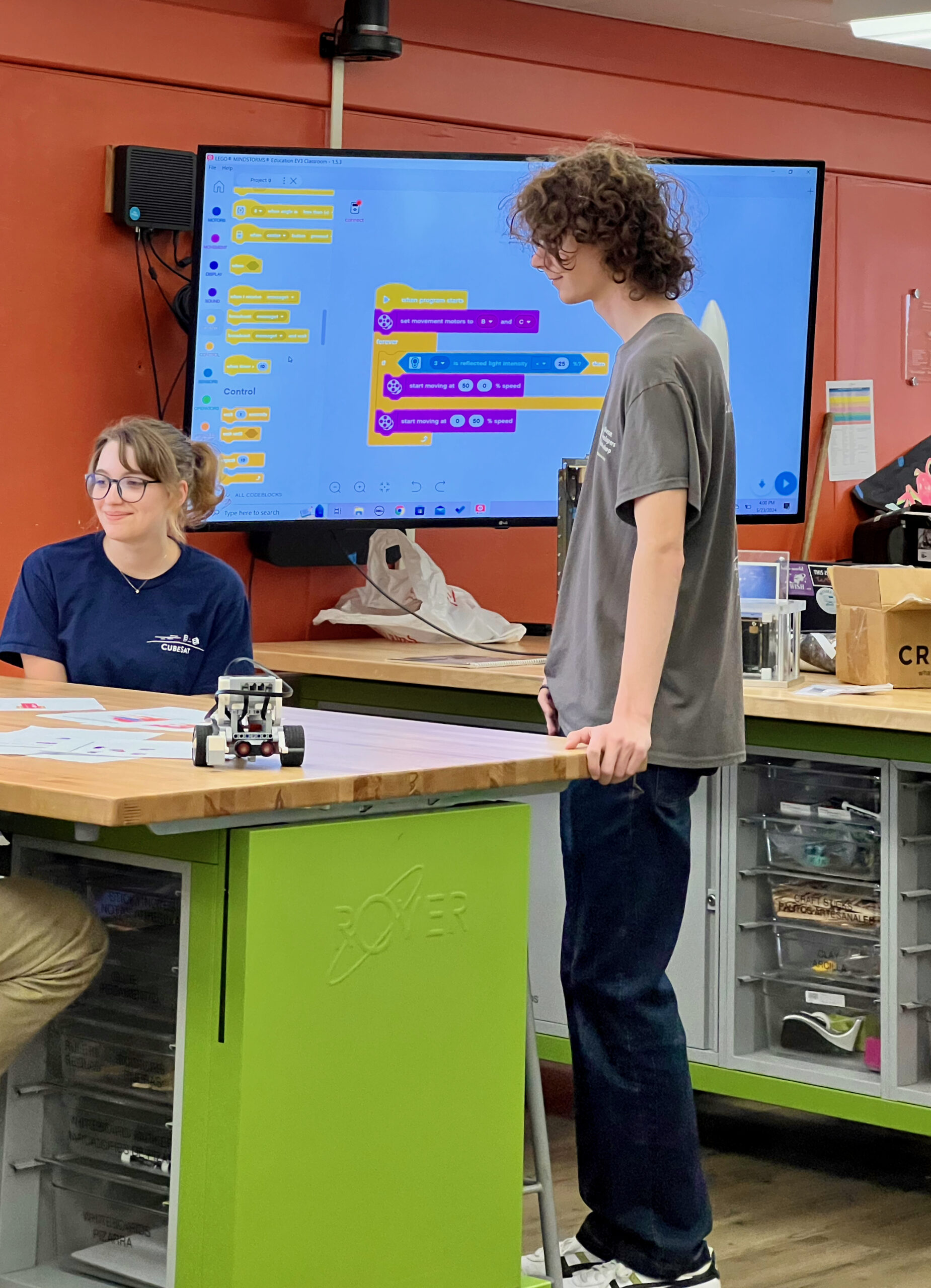
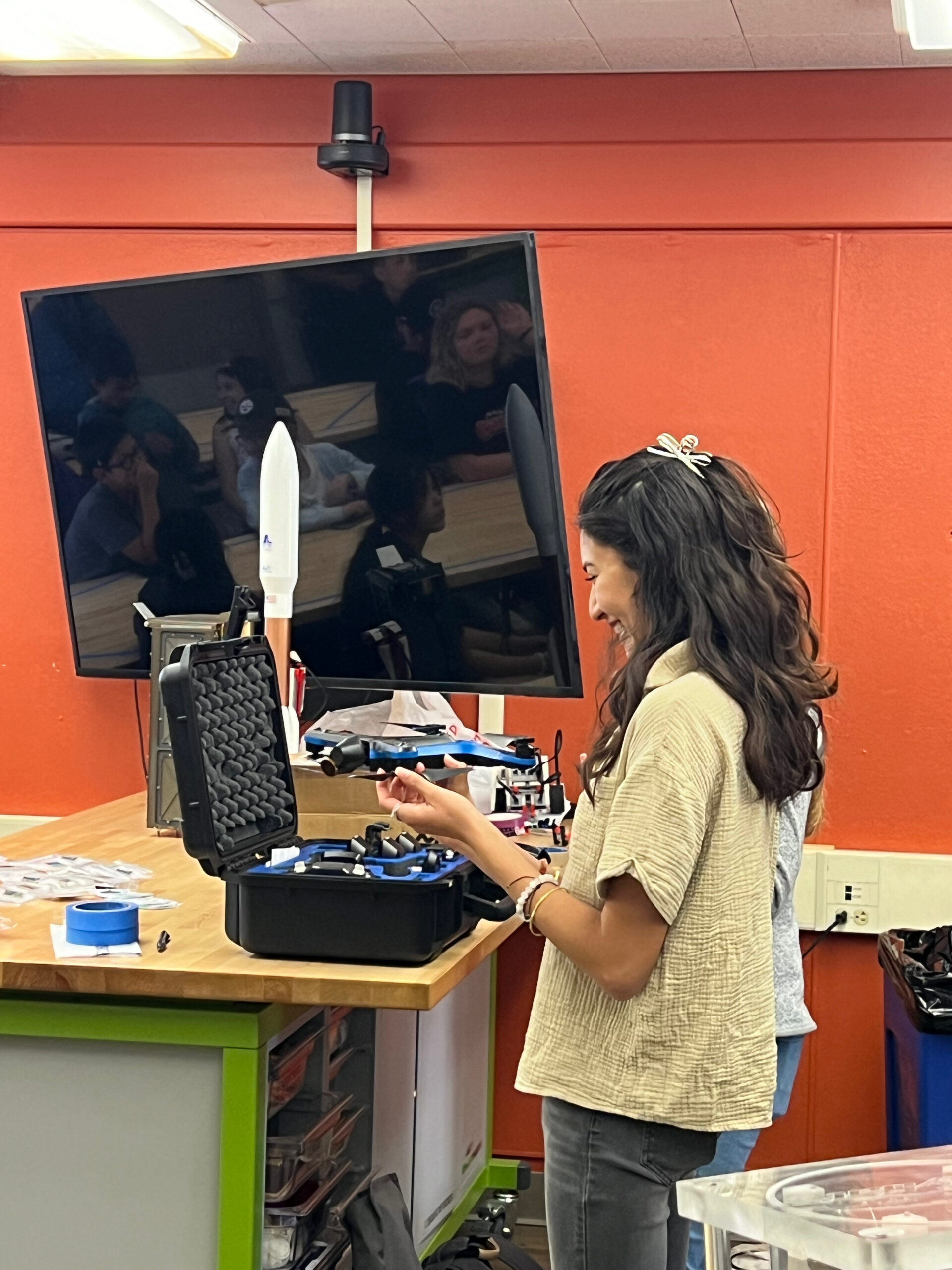
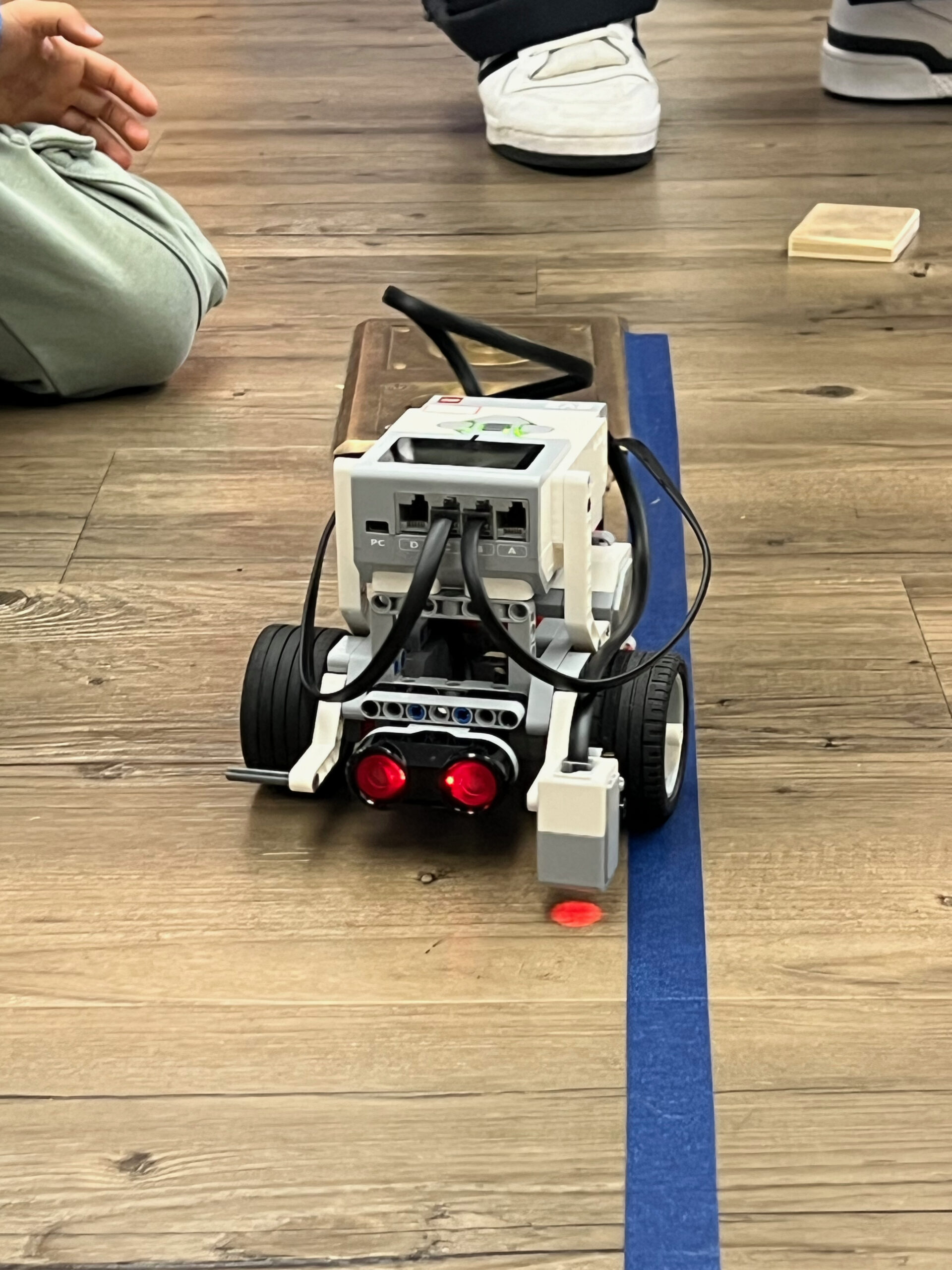

By Taylor Villanueva


